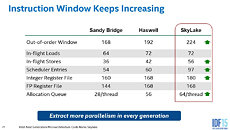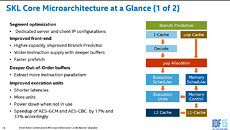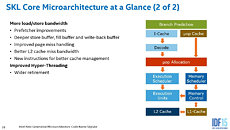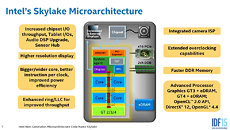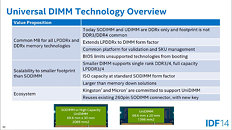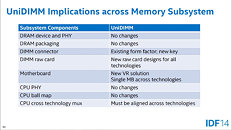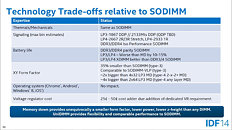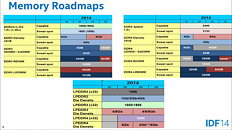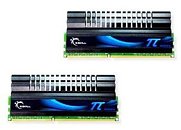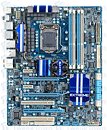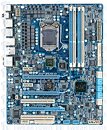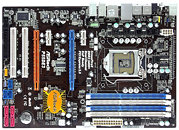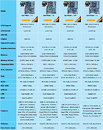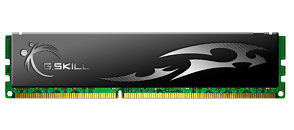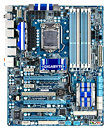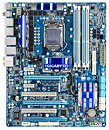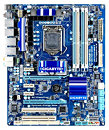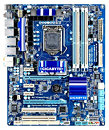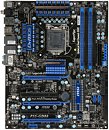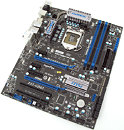Gigabyte's embracing new technologies such as USB 3.0 and SATA 6 Gbps in making motherboards has taken the shape of an entire series of motherboards, which intends to cover every price point the company was eying with its large socket LGA-1156 motherboard
lineup. The series is designated by GA-P55
A before the model identifier. The series is lead by the high-end GA-P55A-UD6, followed (in order) by GA-P55A-UD5, GA-P55A-UD4P, GA-P55A-UD4, GA-P55A-UD3P, GA-P55A-UD3R, and GA-P55A-UD3. All of these are ATX motherboards. Some of these, such as the UD4s, UD5, and UD6, are multi-GPU friendlier with PCI-Express 2.0 x16 slots that split into x8, and share 8 lanes with the next slot, while in lower models, the second PCI-E x16 slot is electrical x4, and wired to the P55 PCH. In all these motherboards, the SATA 6 Gb/s ports are two in number, and are color-coded white. Similarly, USB 3.0 ports on all these models are two in number, and color-coded blue, located on the rear-panel. These motherboards support socket LGA-1156 processors from Intel, currently available as the quad-core Core i5, and Core i7 "Lynnfield" series. It remains unclear whether all of these new models replace the existing GA-P55 series motherboards (that lack USB 3.0 and SATA 6 Gb/s) from the market, or somehow coexist at slightly higher price-points. What is certain however, is that you need to pay attention to the model names, and look out for P55
A in the model names, since the rest of the nomenclature is identical. Detailed specifications are found in the specs sheets below.



